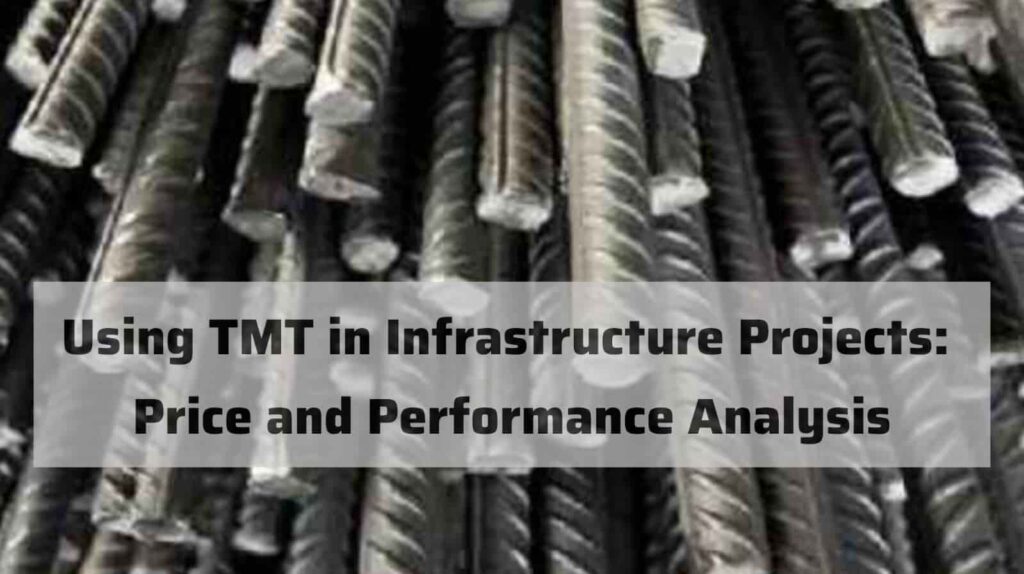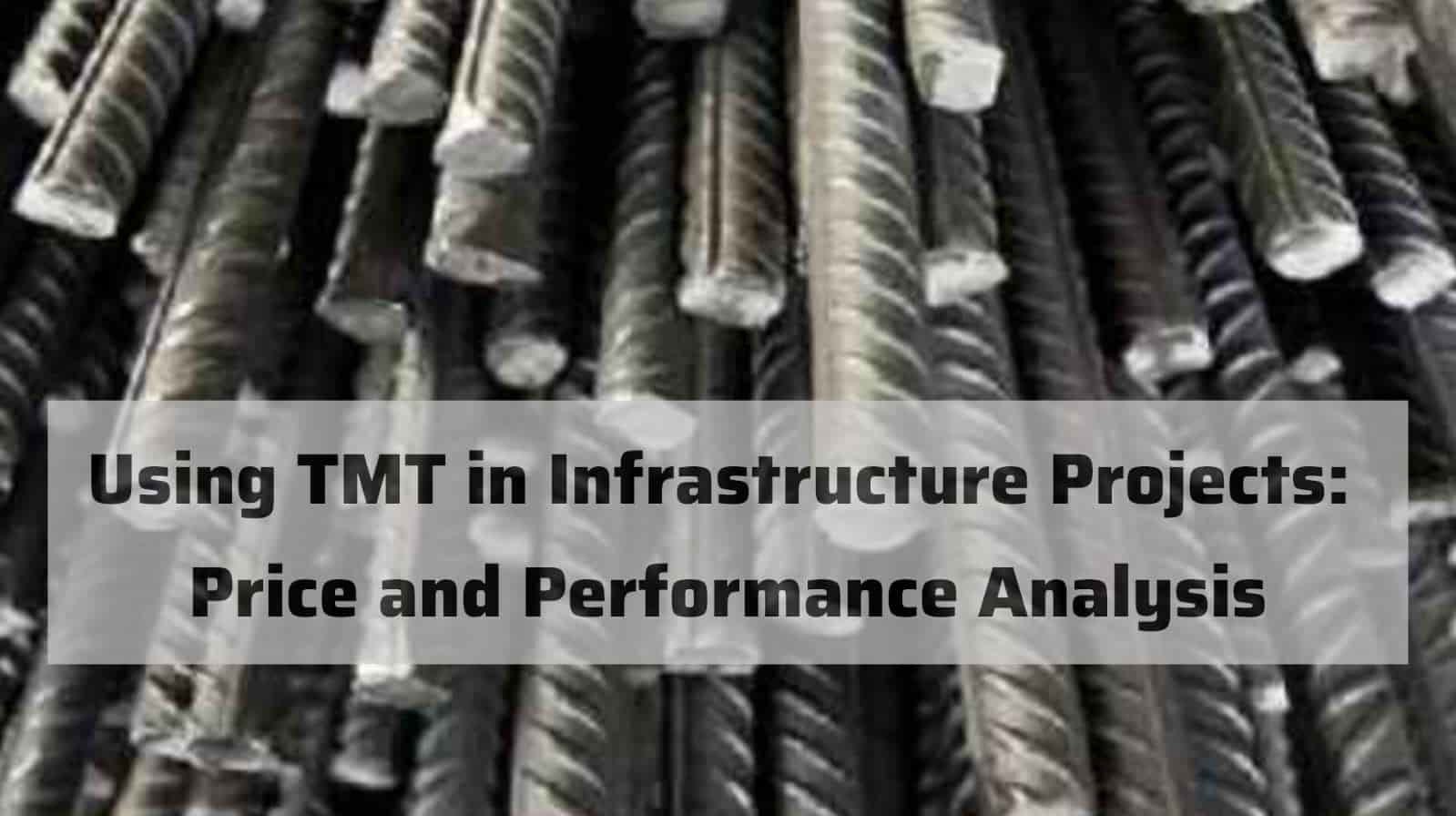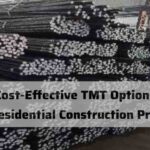TMT bars are used extensively in construction work mostly in infrastructure projects because of their better strength. This is because when evaluating the prices of various software about the performance of the previous software, it assists in decision-making for such projects.

1. High Strength-to-Weight Ratio
– TMT bars are reinforced steel bars that provide a high strength-to-weight ratio, thus making them an excellent choice for giving structural support to the structure without adding much weight to it.
– This property is useful in structural facilities such as bridges, flyovers, and buildings that have many floors.
2. Cost Efficiency
– One might also come across the fact that TMT bars could be slightly more expensive than conventional steel bars in terms of the initial investment, however, the latter has more advantages than disadvantages in the long run.
– The improved strength also helps in using less steel for the structures which in turn decreases the overall cost of construction in big projects.
3. Superior Ductility and Flexibility
– The production of TMT bars involves the creation of a concrete outer surface and a softer core, which provides flexibility.
– This flexibility enables TMT bars to take the dynamic load, as in the case of an earthquake or traffic load without any sign of crack formation.
4. Corrosion Resistance
– TMT bars have high degrees of corrosion resistance that are appropriate to structures that are vulnerable to extreme weathering.
– They do not rust or corrode because of their nature hence they are durable and this means less frequent maintenance throughout the life of the structure.
5. Thermal Resistance
– TMT bars are capable of bearing high temperatures that are advantageous when constructing buildings in regions that have frequent fire incidences.
– This thermal stability makes it easy to protect the structures of buildings and bridges during fire events.
6. Adherence to Building Codes
– The recent advancements in the construction of infrastructures require a high level of building codes and standards.
– TMT bars meet with these regulations thus having qualities of safety and reliability.
7. Enhanced Bonding with Concrete
– The longitudinal rebars are formed with a ribbed profile that enhances the adhesion between the TMT bars and the concrete and makes the construction stronger and more stable.
– This strong bonding is important in structures most often in the construction of dams and tunnels among others.
8. Long-Term Performance
– The TMT bars have a long life span and therefore require less maintenance and repair work in the future.
– TMT bars allow the construction of sustainable structures that have a longer period of service delivery as compared to other structures that are constructed without these products.
9. Economic Impact
– The use of TMT bars helps in promoting the local industries because the materials used in the production of TMT bars are sourced locally hence eliminating the need for importing such products.
– Helps increase the level of production in the domestic steel industry.
Summary
– Strength and Ductility: The high strength-to-weight ratio coupled with flexibility for dynamic loads is another advantage.
– Cost Efficiency: Long-term cost benefits even though the overall cost of implementing the solutions may initially be high.
– Corrosion and Thermal Resistance: Recommended for application in regions with such conditions as high levels of humidity or fire risks.
– Compliance and Bonding: Compliance with the code of the building enhances the adhesion to concrete.
– Economic and Long-Term Performance:
Listed here are some of the benefits associated with the construction of railways:
Local economy: the construction of railways supports the local economy since they offer long-term access to the local market and the creation of a long-lasting business infrastructure.


